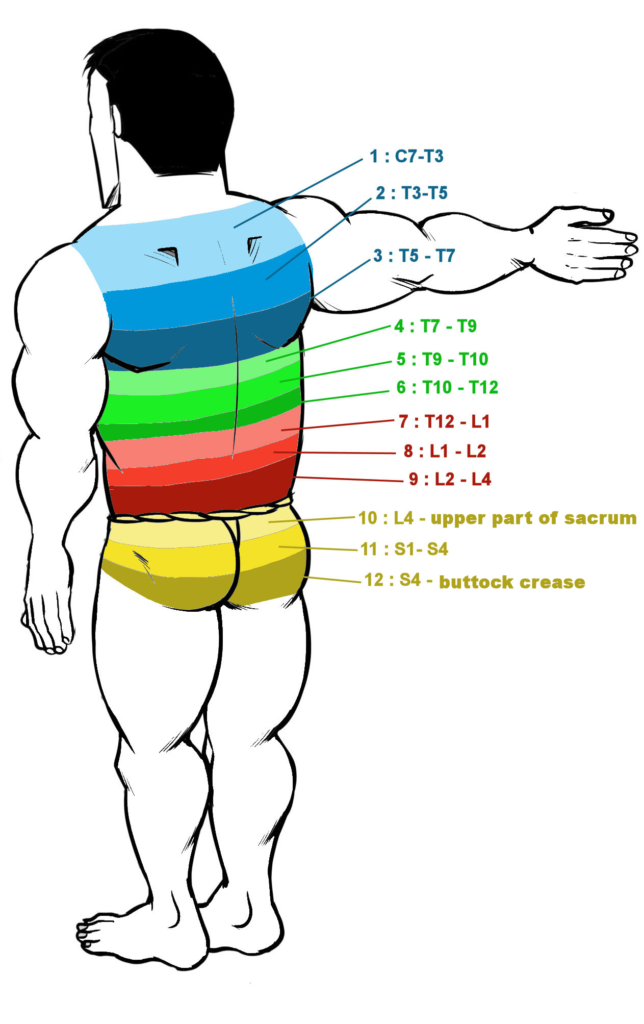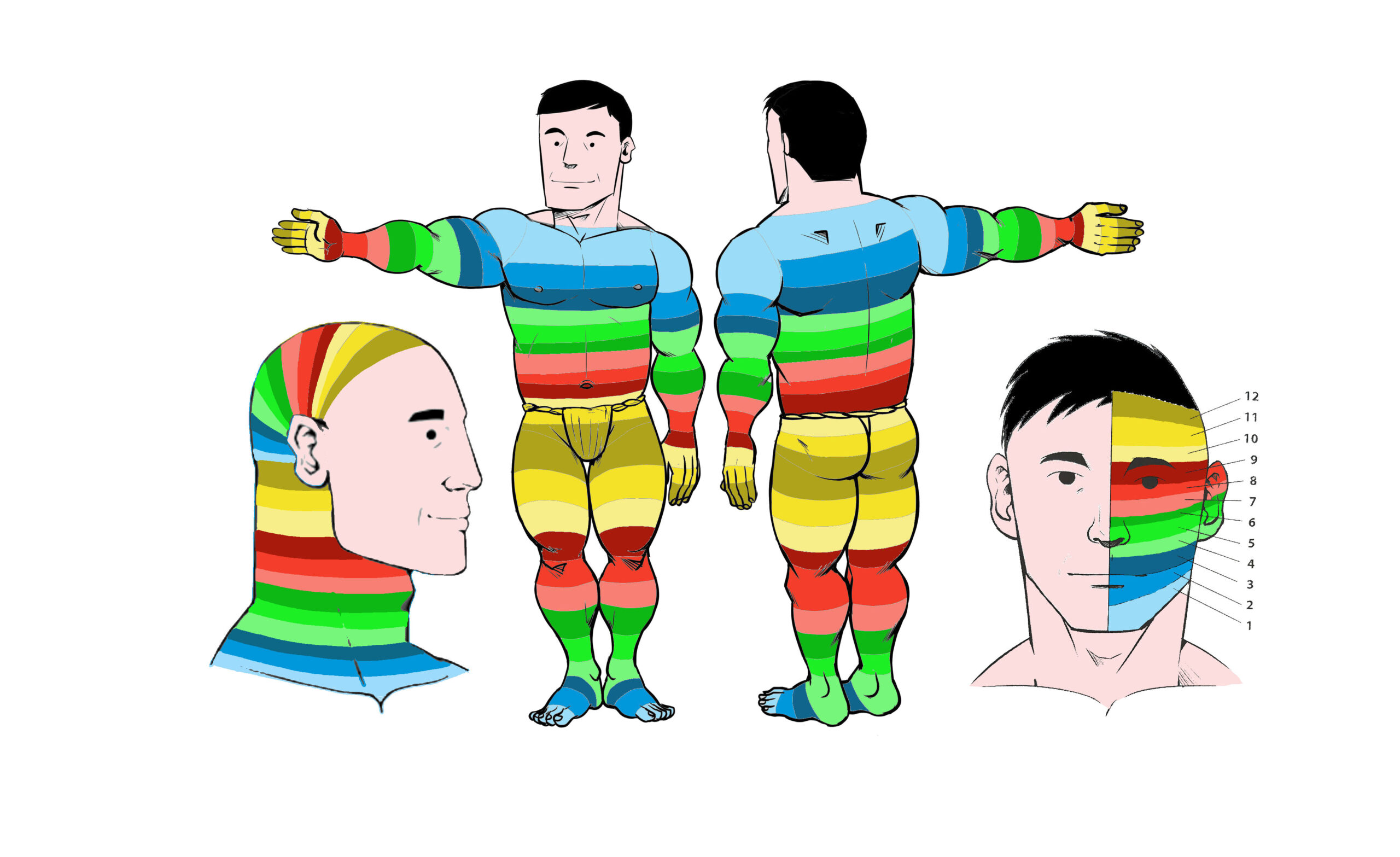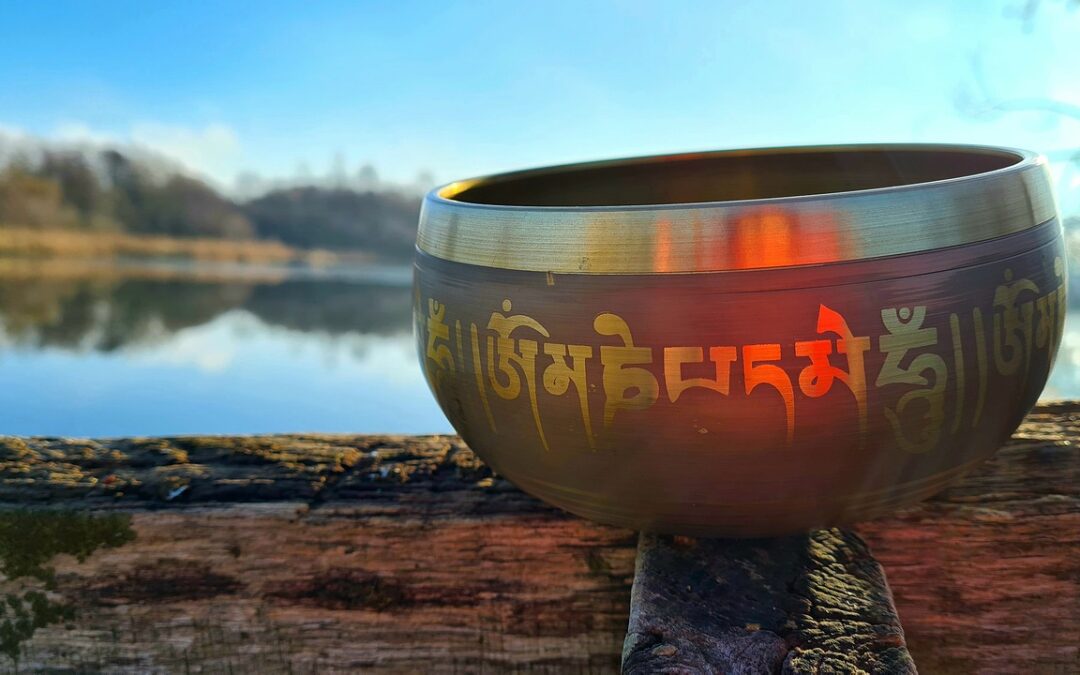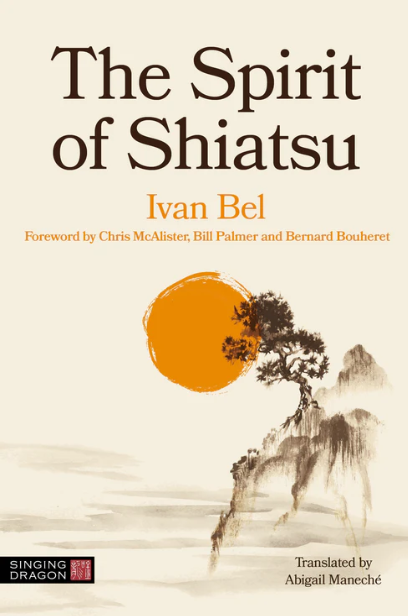While many Shiatsu practitioners like to use meridians and moxibustion to support their treatment, few are familiar with Dr Hirata’s zones and Ontake method of using moxas with pieces of bamboo. We’ve already written about the life of Dr Hirata on this blog, a genius of Japanese folk medicine who greatly influenced the early founders of Shiatsu. His twelve skin reflex strips had a huge influence on the first schools of Shiatsu, and reviving them today is a way of going back to the roots of the creation of our art. One of the best-known experts on this subject is Oran Kivity, an English acupuncturist based in Taiwan. He trained in Europe, China and Japan, and has written a best-seller, “Hirata Zone Therapy with the Ontake Method,” which is available in English and French. He is also interested in manual arts such as Shiatsu, and here he explains how the Hirata zones are useful in Shiatsu practice.
Kurakichi Hirata 平田内蔵吉
Hot Needle Therapy (Nesshin Kairyo Jutsu) was a Japanese holographic system of treatment. It was developed by Kurakichi Hirata (1901–1945), who, in the 1930s, developed a unique holographic mapping system of the body that he treated with a heated probe.
Dissatisfied with conventional medicine, Hirata wanted to develop an accessible system of self-treatment. He designed a system that was simple for the public to learn and apply by using a heated tool that, unlike acupuncture needles, required little skill to use. His system had two key features:
- It was suitable for the lay public to use at home.
- It was designed to trigger the body’s self-healing mechanisms rather than treating symptoms.
Hirata’s general ideas on health are quite familiar to Shiatsu and other practitioners of TEAM (Traditionnel East-Asian Medicine) [1]. He believed that when the organs are harmonised and balanced, there is no disease. When something becomes imbalanced at the core level, disease develops. It is, therefore, more important to treat the core than address specific symptoms.
Hirata’s model of disease was strongly influenced by,the TEAM idea of “Heaven, Humanity and Earth”. He saw the skin as the interface between human beings and the natural world—the place where disease enters and where reactions take place. For this reason, Hirata emphasised diagnosing and treating at the level of the skin, and his method focused on stimulating the skin with heat.
He developed a hologram composed of twelve horizontal dermatomes (or zones). These twelve zones are mapped out in six different regions: the head, face, neck, torso, arms, and legs. Zones in each region resonate with and reflect the same zone in another region.
The twelve zones
The twelve zones, for the most part, correspond to the twelve yin and yang organs of TEAM theory. The gall bladder zone and spleen zone also reflect and treat the exocrine and endocrine functions of the pancreas, respectively.

| 1- Bronchi |
| 2- Lungs |
| 3- Heart |
| 4- Liver |
| 5- Gall bladder and exocrine gland of the pancreas |
| 6- Spleen and endocrine gland of the pancreas |
| 7- Stomach |
| 8- Kidney |
| 9- Large intestine |
| 10- Small intestine |
| 11- Bladder |
| 12- Reproductive organs |
Each region is a hologram of the body, and therefore, each region reflects the same physiological and pathological processes in the same way. For example, Hirata believed that an imbalance in the liver organ manifests in reactions on the liver zone in each region.
This synergistic action means that the same twelve zones can be examined or treated in any or all of the six regions; thus, the head, face, neck, arms, legs, and torso can be used both diagnostically and therapeutically.
In the old days, the Hirata Zones Therapy (HZT*) involved stimulating the zones with a cone-shaped metal instrument called the shinryoki or Mind Therapy Device.

In this article, I’ll discuss only what I term Basic HZT. Basic HZT is so simple that anyone can practise it, even laypeople who know nothing of acupuncture. No meridians are involved, so all you need to perform Basic Hirata is the following:
- A good grasp of the location of the zones in all six regions, especially the neck, torso, arms, and legs.
Selection principles
These principles can be summarised as follows:
- TEAM theory correspondences.
- Medical correspondences.
- Anatomical correspondences.
For example, when using TEAM thinking for the treatment of bad breath, Dr Manaka, the renowned Japanese doctor and acupuncturist, suggested using zone 7 (stomach) because, in TEAM, bad breath is thought to be caused by heat in the stomach.[2] For dysmenorrhoea, when using medical thinking, Dr Manaka suggested using zone 12, the reproductive zone. For sciatica, when using structural thinking, he suggested using zone 12 (reproductive zone), as the pain is located in the buttock area; and for lumbar pain, zones 9 and 10 (large intestine and small intestine), as on the back region, these zones traverse the lumbar area.[3]
The following cases illustrate these selection principles. In each case, the area was treated with an Ontake, a piece of bamboo filled with smouldering moxa wool, but manual stimulation of the zones is also effective. When applying Shiatsu, the goal is to change abnormal tissue findings—for example, tight areas should relax and cool areas should warm up.
Basic HZT cases
Male, 32.
Symptoms: Persistent cough and occasional lower backache.
Generally quite healthy and robust, this patient had developed a “mystery” intermittent cough that he was unable to shake. On questioning, however, the timing suggested that the yearly cycle of air pollution in Kuala Lumpur was to blame.
He had also developed some intermittent lumbar pain. Hirata’s prescriptions for cough typically focus on zone 1 (bronchi). According to the location of the back pain, the affected zones were 9 and 10 (large and small intestine). Palpation revealed marked tension on the leg region at zones 9 and 10 (mostly on the stomach channel above the knee), and a few slightly rough patches of skin on the chest and arms at zones 1 and 2 (bronchi and lung).
Treatment consisted of tapping with Ontake on the deficient areas on the chest and upper arms on zones 1 and 2 until the skin felt more even, then massaging the thighs until the tension on zones 9 and 10 was relieved. After he turned over, we tapped on the upper back, identifying and treating more dry or rough areas in zones 1 and 2.
No other treatment was given. Following the session, he reported that some stiffness in the back of his legs and knee pain, which he had not previously disclosed, felt much better. This maintained. The cough also cleared for a few days, but when the pollution got even worse at the end of that week, it returned.
Female, 30
Symptoms: Lumbar and buttock pain and abdominal distension.
She had been coming for back pain for a few weeks and had been feeling much better, but she had a relapse after a long flight home from an international conference. According to the location of the back pain, the affected zones were 9, 10, and 11 (large intestine, small intestine and bladder). According to TEAM theory, abdominal distension relates to zones 6 and 7 (spleen and stomach).
There was marked tension on both anterior thighs at zones 10 and 11. Bamboo was applied with pressing and rolling on the right. After the muscles released (within two minutes), her left leg was also much more relaxed, so this was treated the same way for a shorter time. After this, she walked around the room and reported that the pain was much reduced. Treatment was then applied to zones 10 and 11 on the back of both hands. After testing once more, the pain was gone.
Whilst in supine position, bamboo was applied on zones 6–10 on the abdomen from the midline to the midaxillary line, tapping and rolling lightly. Branch treatment finished with local rolling on the back. By then, she was very relaxed.

Male, 32
Symptoms: Sudden onset of redness and itchiness to the right eye, which was beginning to close up.
Zone selection was according to TEAM theory, namely that the liver opens into the eyes. Ontake was applied to zone 4 (liver) on the head, arm, back, and leg regions, simply tapping each zone for about one minute until the skin felt warm to the touch. On the limbs, only the right side was treated, but on the head and back, both sides were treated. The eye infection reduced in intensity within minutes and cleared up within two hours. No other treatment was given.
These examples show how it is possible to use Basic HZT with very simple selection and treatment criteria. If there’s a problem in the lungs, such as cough, treat the bronchi or lung zone. If there’s a problem in the back, treat the zones where the pain is. If there’s a problem in the eyes, treat the liver zone because of the relationship of the liver to the eyes. Western medical correlations, anatomical location, TEAM theory, and of course, palpation all helped with the choice of zones, and bamboo was applied without consideration of more complex diagnosis.
Integrating the zones with Shiatsu
Let’s go back to Hirata’s primary criteria for this healing system. He wanted a system that could trigger the body’s healing response that was simple enough for lay people to use themselves. This gives us some clues as to how to integrate it with Shiatsu.
Shiatsu is already a whole-body routine that triggers the body’s healing response. Although some acupuncture point theory has infiltrated Western practice through the influence of Traditional Chinese Medicine, it remains a whole-body approach that focuses on moving Ki throughout the twelve channels.
This means that we can add Hirata zones as an auxiliary treatment, to enable us to get faster results or to focus the body’s healing on a certain area. Shiatsu can be the root treatment and HZT can be the branch treatment.
I typically treat the zones towards the end of the session, to augment my treatment. In other words, I do what I normally do (acupuncture), finish a little earlier and then spend some time treating the zones. My zone selection criteria are the three listed above. If there’s a kidney problem, I might treat the kidney zone in each of the six regions where I find a reaction. If there’s a structural problem, like tennis elbow, I might treat liver and gall bladder zone in each region. With a named Western disease, such as hepatitis, I could treat the liver zone. But with other more complicated named diseases such as diabetes or lupus, I might use the primary symptom as the indicator for the zone to select, so if the patient has frequent urination, I might select the kidney zone.
Conclusion
Hirata’s original goal was to create a people’s medicine that treated the core energy of the body. In so doing, he created the first holographic system of the modern age. We can adapt his thinking into our Shiatsu practice to broaden the scope of our treatments.
Notes
- [1] TEAM is an acronym developed by Stephen Birch, in order to create a more inclusive label than TCM, so it includes Japanese, Vietnamese, Korean and Chinese medicine.
- [2] Shudo D., 1990, Japanese Classical Acupuncture: Introduction to Meridian Therapy, Seattle, Eastland Press,p.128.
- [3] Dr Manaka Y.,(1982), Hiratashiki Junihannoutai Nesshin Shigeki Ryoho (Hirata’s Heated Needle Stimulation Treatment), Kanagawa,Ido No Nipponsha.
Author
- The Hirata Zones and Shiatsu - 15 June 2024











